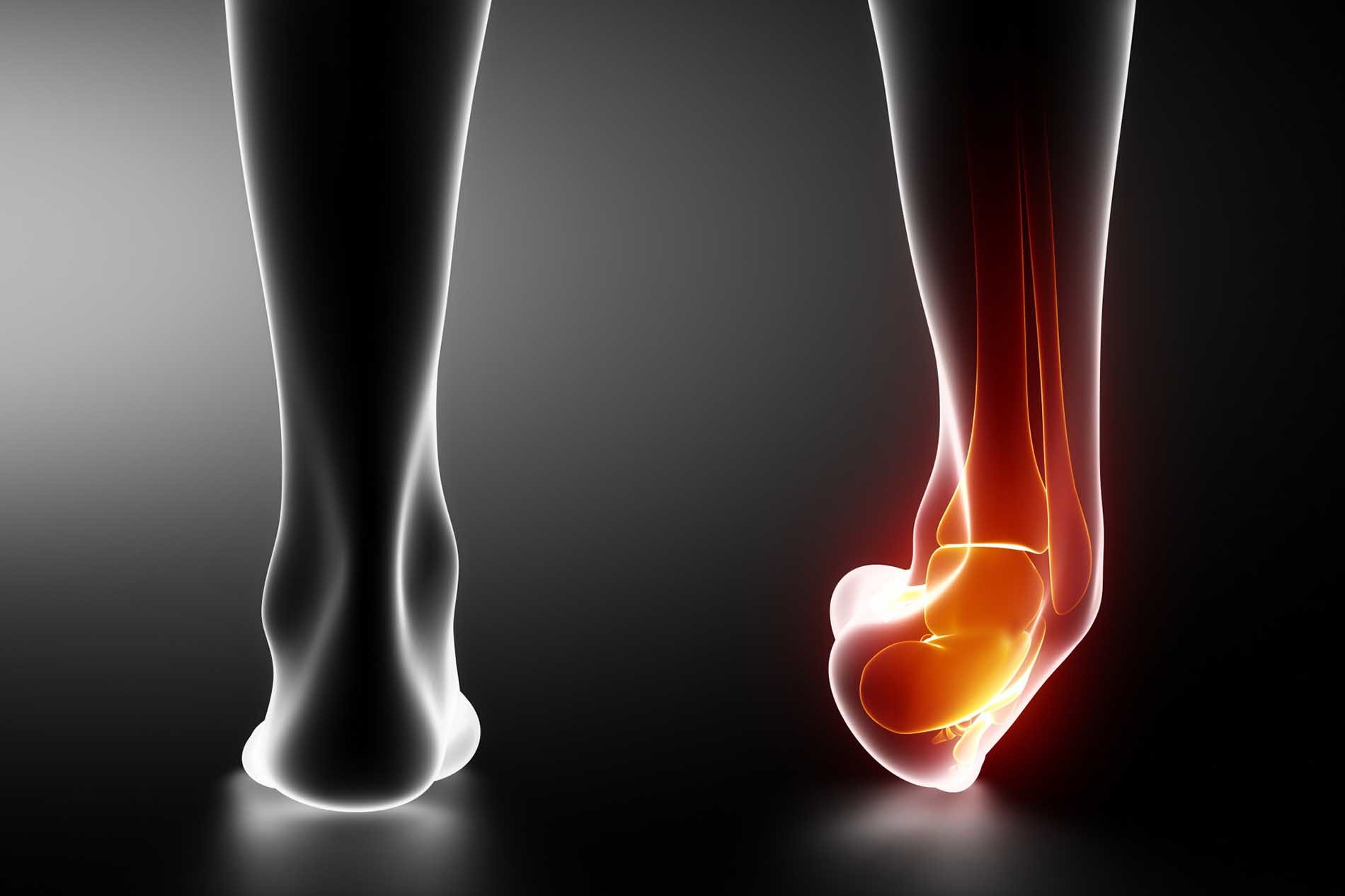
First Aid: How to Treat Sprains and Strains
Sprains and strains are two terms used to describe two conditions involving overstretching or tearing of soft tissues in and around the joints
There is a key difference between the two, and knowing these can help you recognise the signs and provide proper treatment.
What is a Sprain?
A sprain injury involves overstretching of joints and even rupture in the supporting ligaments. These often occur following a fall, a twist, or a blow to the body.
In a mild sprain injury, the ligament has a stretch, but the joint remains stable. However, in a severe sprain, the ligaments tear completely or separate from the bone, interfering with the joint functions.
The casualty may feel a tear or pop in the join. Although the intensity may vary depending on the cause, all sprains often result in pain, swelling, bruising, and inflammation at the site of injury.
What is a Strain?
Mild or acute strains are usually from overstretching or pulling of a muscle or tendon. While chronic strains are from muscle and tendons overuse through extended, repetitive movement.
Not getting enough rest during physical exercise or intense training can also cause strain.
Common symptoms of strains include pain, muscle spasms, muscle weakness, swelling, inflammation, and cramping.
The main difference between sprains and strains is the type of structure they impact within the casualty’s body. It is important to know that the amount of pain in both injuries can be virtually equal, and often, the best (and only) way to find out the condition is to see a healthcare provider.
Treatment for Sprains and Strains
Immediate first aid treatment for acute sprains and strains includes:
- Apply RICE Method: Rest, Ice, Compression, and Elevation. RICE treatment is often the best for soft tissue injuries, like sprains and strains. It relieves the pain and swelling in the injury site and helps speed up the healing process.
- Rest – Take complete rest or move the injury as little as possible to allow faster healing and recovery.
- Ice – Apply ice to the injury to reduce inflammation and lessen the pain. Cover the area with an ice pack wrapped in a cloth for about 15 to 20 minutes, several times a day.
- Compression – Use a pressure bandage to help prevent or reduce swelling. Choose an elastic bandage and wrap the injury correctly to avoid cutting off the blood supply.
- Elevation – The casualty may need to lie down to get their leg or arm raised above the level of the heart.
Manage Pain and Inflammation
Give an over-the-counter non-steroidal anti-inflammatory drug (NSAIDs) like Ibuprofen (Advil, Motrin), acetaminophen (Tylenol), or aspirin.
Never give aspirin to a casualty under the age of 19.
See a Doctor
While minor strains or sprains can be treated at home, severe tissue injuries should be evaluated by a doctor.
Seek help from a medical professional as soon as possible for any signs of a broken bone.
Major indicators of a broken bone include a popping sound with the injury, unable to move the joint or limb, or when there is numbness at the site of injury.
Monitor their condition
Continuously monitor for any developing symptoms until the casualty is evaluated by a doctor.
The doctor may need to immobilise the limb or joint using a splint, cast, or other medical devices until healing is complete.
Physical therapy may also be an option to bring an injured joint back to its normal function.
In severe sprains and strains, surgery may be needed.
Read Also:
Emergency Live Even More…Live: Download The New Free App Of Your Newspaper For IOS And Android
Bone Cysts In Children, The First Sign May Be A ‘Pathological’ Fracture
Fracture Of The Wrist: How To Recognise And Treat It
Fractures Of The Growth Plate Or Epiphyseal Detachments: What They Are And How To Treat Them
The Spencer FXA Pro Ankle Immobilizer
The Difference Between A Sprain And A Strain: Comparing Symptoms, Diagnosis, And Treatment
Ankle Sprain: Diagnosis And Treatment


